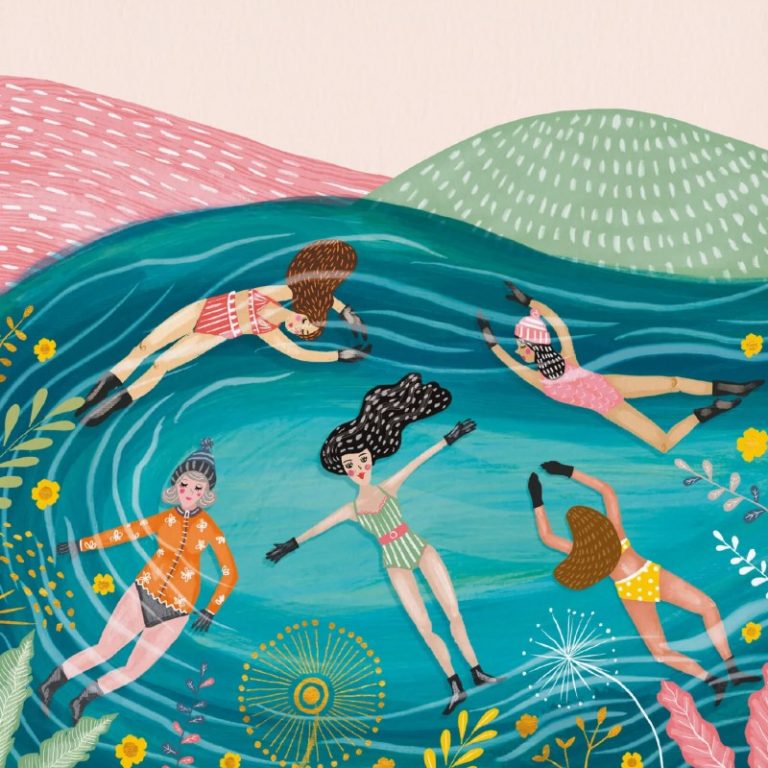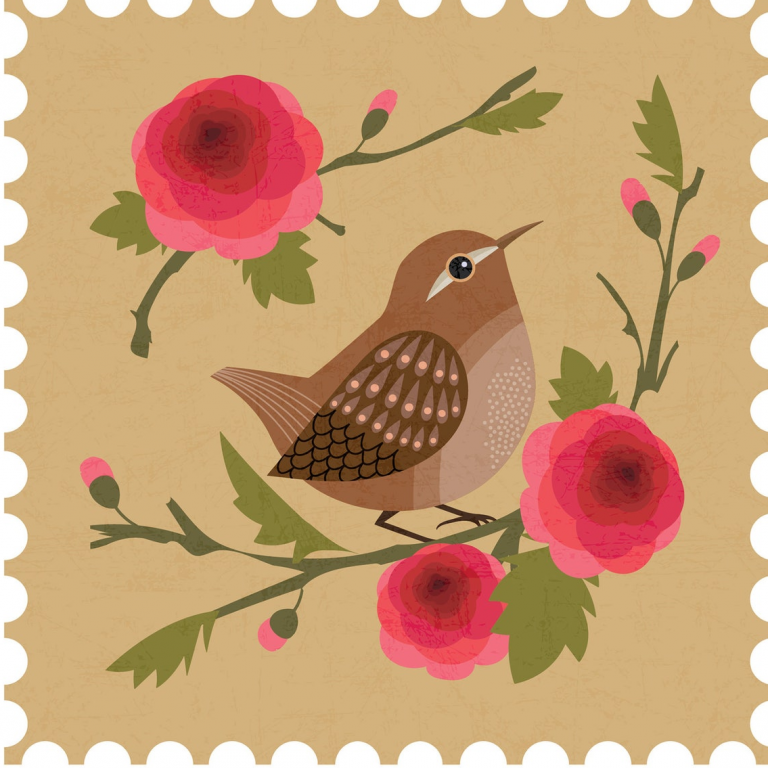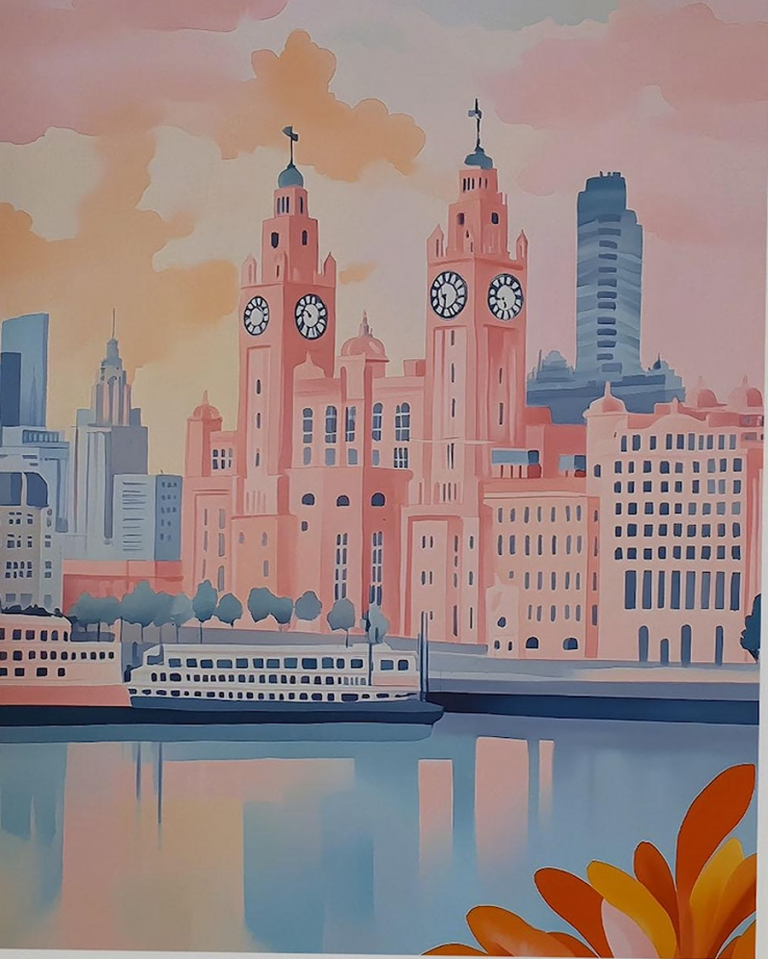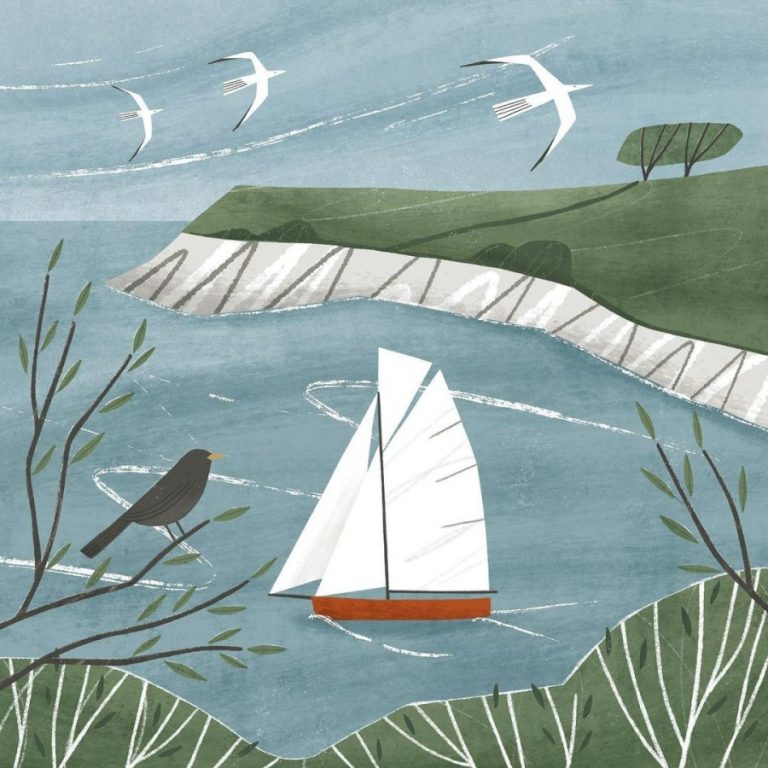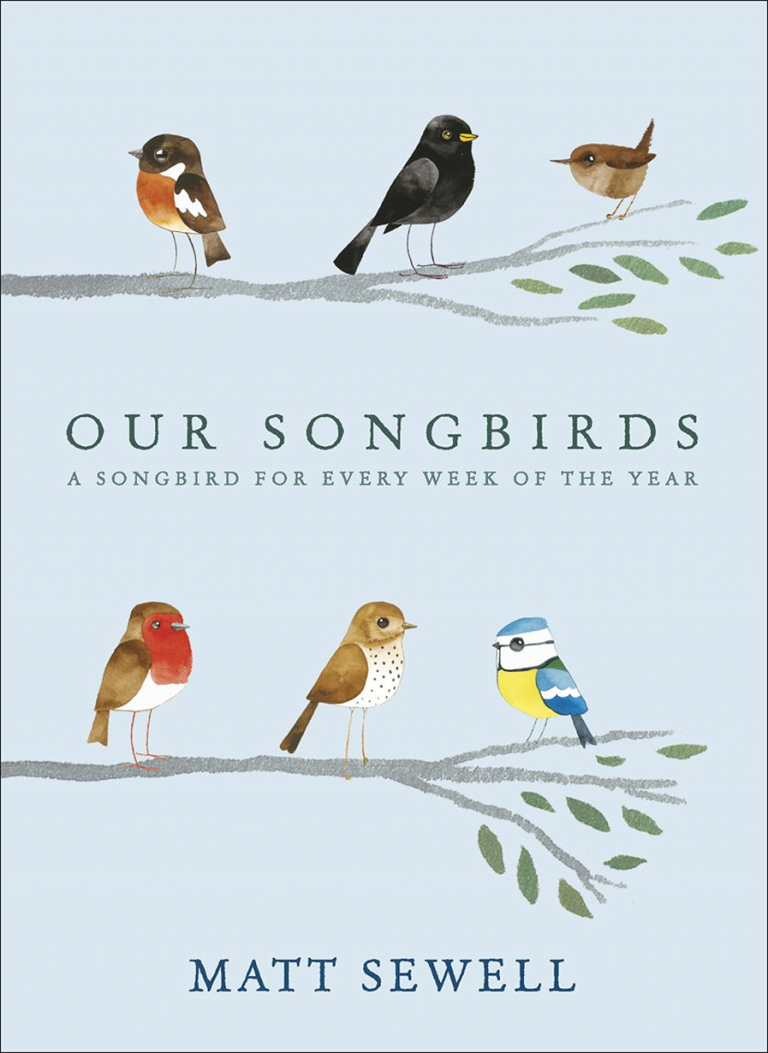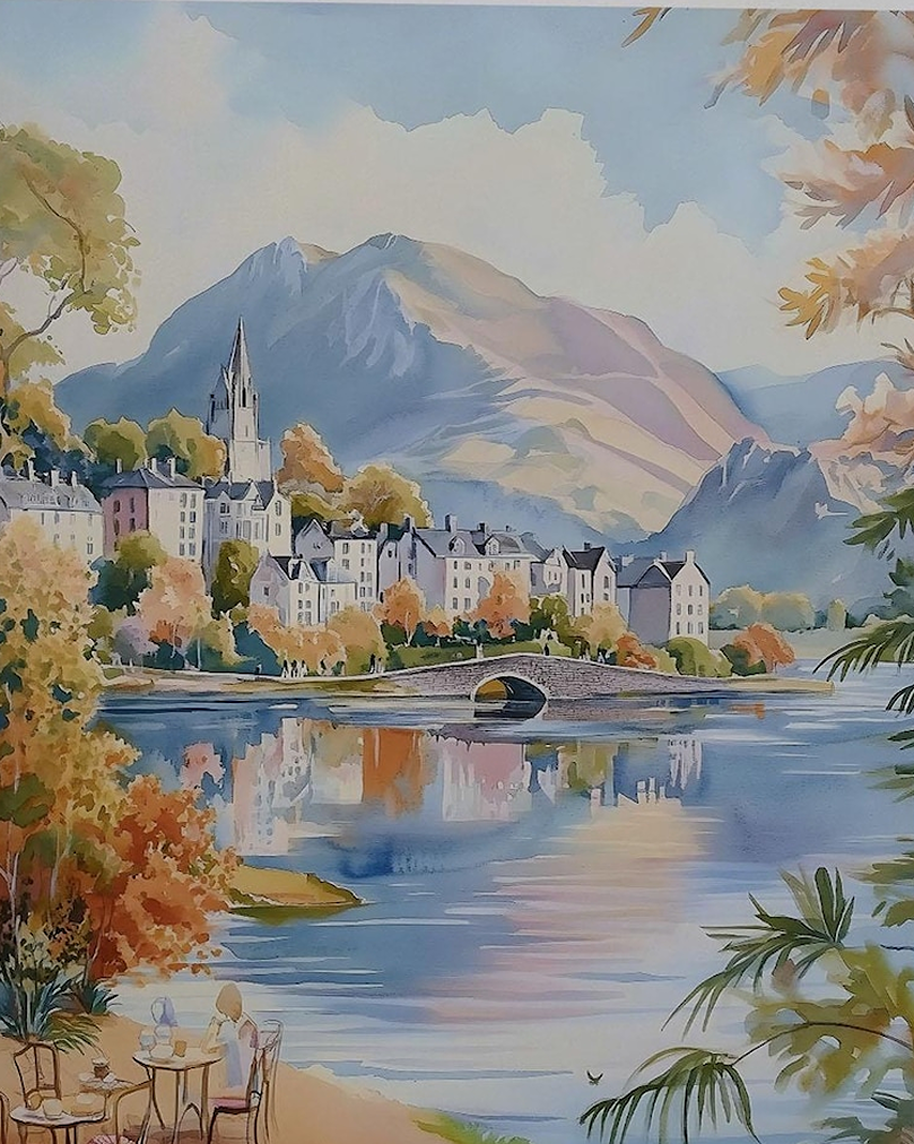
Buttermere, Pastel Pine
The Lake District is home to just one ‘proper lake’ and the rest are tarns or other bodies of water. You’ve likely heard of Lake Windermere, and maybe a few others. But how well do you know the 16 or so ‘lakes’. Here is your guide, so you can know where to visit, or possibly win at the pub general knowledge quiz!
When you head out for a walk in the countryside, always stick to the Countryside Code to help protect wildlife (and dogs). By the sea, take a look at tide times and check any warning flags before heading out. For tips on looking after your dog near the beach, have a read of our guide on seaside safety for dogs
The Classic Big Lakes

The Lake District’s biggest lakes are famous for a reason. They’re the centrepieces on every map and the first names locals or travellers mention. Each one brings its own set of views, walks, and ways to relax. Whether you want adventure or just the classic waterside stroll, these lakes have something to offer everyone.
Lake Windermere
Windermere wears the crown as the largest natural lake in England. Stretching over 11 miles from north to south, it’s easy to spot on any map of the Lake District. The lake’s size brings endless choice, whether you like busy towns, peaceful bays, or forest trails.
The most popular bases along Windermere are Bowness, Ambleside, and Lakeside. Here, you can board well-known lake cruises, helping you see the lake from a new angle without getting your feet wet. If you prefer to stay on land, the lakeside paths promise gentle walks with views of boats and rolling fells.
Ullswater
Ullswater is a large lake (7.5 miles) best known for Aira Force Waterfall, which is best seen after a rainy day. A long and winding body of water, Ullswater surprises many who visit for the first time. Set below the wild peaks of Helvellyn and Place Fell, the lake stretches eight miles and is loved by walkers and photographers alike.
Derwent Water
Derwent Water sits right on the edge of lively Keswick. Surrounded by wooded hills and gentle slopes, its setting feels softer and greener than many of the region’s lakes. Walkers flock here for the lakeside circuit, while families love boat trips and paddle boarding.
There are many small islands scattered across this lake, plus a shore with easy walking paths, and views to Catbells. Small jetties dot the lakeshore. The much-photographed viewpoint of Friar’s Crag is a short, flat walk from Keswick and perfect for a sunset stop.
Bassenthwaite Lake
Bassenthwaite Lake sits north of the other classics and is the only ‘lake’ by name in the National Park. Unlike its busier siblings, this one offers wide open views and a sense of calm you might not expect so close to the main road.
You won’t find any passenger boats here, but the footpaths and cycle routes along the western shore are peaceful and open. Ospreys nest nearby in spring and summer, making it a favourite with bird watchers. The Skiddaw mountain range looms over the lake, making for dramatic sunsets.
Each of these classic big lakes showcases a different side of the Lake District. Whether you want lively towns, adventure, or quiet space, these waters never disappoint.
Smaller Gems Worth Seeing
The Lake District is full of lesser-known lakes that often get overlooked but pack plenty of charm. These smaller spots offer a chance to escape the crowds and enjoy peaceful waters, fresh air, and local history.
Many are perfect for a quiet paddle, a gentle walk, or a relaxed lunch by the shore. If you want to discover the side of the Lake District that feels private, these smaller lakes are a great place to start.
Coniston Water
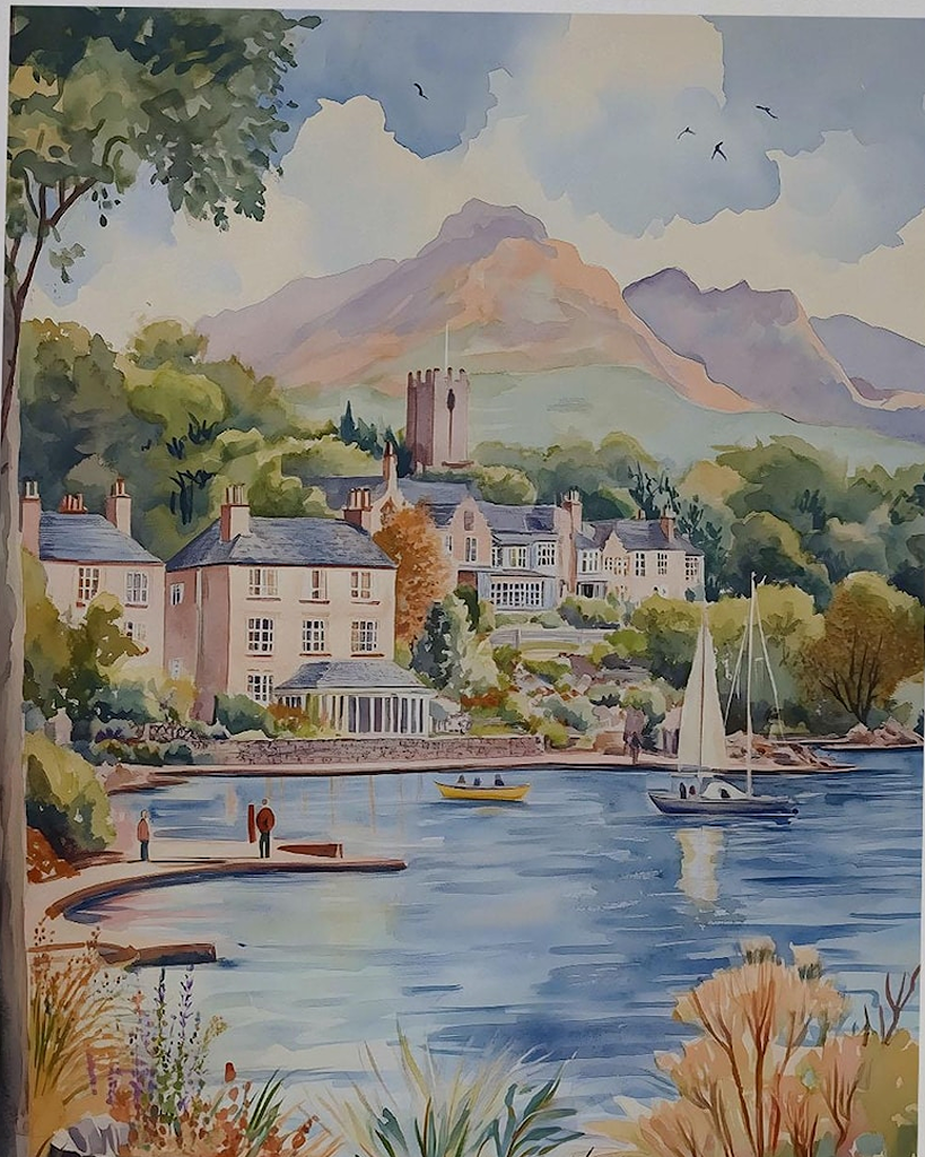
Coniston Water is a favourite for those who love both water and hills. It’s a bit quieter than Windermere but just as beautiful, with deep blue waters framed by fells. The lake is popular for kayaking and canoeing, with several spots to hire gear around Coniston village.
The lake sits below a beloved mountain, in the village known where speed racer Donald Campbell lost his life in the 60s (his body only recovered 20 years ago). This charming village has zero waste shops, veggie cafes and a tiny museum.
Grasmere
Lake Grasmere is next to the village that was the home of poet William Wordsworth. You can walk the lakeside to Ambleside, known for its pretty bridges and waterfalls.
Near to Grasmere is Rydal Water, surrounded by woodland and lovely walking trails, and a favourite jaunt of Wordsworth. It has ‘small beaches’ to enjoy dipping your toes.
Rydal Water
Rydal Water is small but packed with charm. It’s tucked away between Rydal village and Ambleside, offering easy access and less bustle than other lakes. It’s a favourite among walkers looking for quiet paths because the narrow lakeside trails feel intimate and shaded by trees.
You’ll find benches and small grassy spots for a break or picnic. Rydal Water also links well to the Rydal Hall gardens and several neat footpaths leading uphill for stunning views.
Esthwaite Water
Esthwaite Water sits near the pretty villages of Hawkshead and Near Sawrey. This small quiet lake is popular with nesting ospreys, who migrate from Africa each year.
The surrounding area is great for gentle walks with fewer people, and you might catch glimpses of herons or ducks along the shore. Hawkshead village nearby offers traditional pubs and cosy cafés with local flavours.
Elter Water
Elter Water has views of the four peaks of Great Langdale Valley: Pavey Ark, Loft Crag, Pike of Stickle and Harrison Stickle. Nearby Stickle Tarn has views over Great Langdale, with rock pools cut into the mountain, and dramatic waterfalls.
These smaller lakes each have something special to offer, from peaceful paddles to historic connections and family-friendly trails. If you want to skip the busier spots and find your own calm corners, they are well worth the visit.
Hidden Lakes Away from the Crowds
The Lake District has its well-trodden favourites, but there’s something special about lakes tucked away from the busier spots. These quieter, wilder lakes offer solitude, stunning scenery, and a chance to connect with nature without the buzz of crowds.
They are perfect for those who want a bit more adventure or simply a place to breathe without many people around. Here’s a look at some secluded lakes where you can find peace, fresh air, and a sense of escape.
Ennerdale Water
Ennerdale Water has a wild beauty with few crowds. The rugged paths along the shore are popular with walkers. The area remains untouched by busy roads or villages, so you’ll mostly hear birdsong and the breeze.
Wastwater
Wastwater is England’s deepest lake, surrounded by high peaks (including Scafell Pike). The wild setting has earned this lake the title of ‘Britain’s Favourite View’.
Buttermere and Crummock Water
Lake Buttermere is framed by dramatic fells that rise from its shores. The easy path around the lake offers a quiet charm. Nearby Crummock Water is quite remote (near Buttermere), just 3 miles long. It is popular with wild swimmers.
Haweswater
Haweswater has a wild feel, where walkers can explore challenging fells. Sadly this was home to England’s last golden eagle. Its long, narrow shape snakes through hills mostly untouched by visitors. The lake is surrounded by rough moorland and patches of woodland, making it a perfect spot for hikers keen on quiet, off-the-beaten-path exploring.
Loweswater
Loweswater is one of the lesser-known lakes, with peaceful shores and forest surrounding. Sheep graze and herons fish close to the shore, while buzzards fly overhead.
Thirlmere
Thirlmere (forming the border between the south and north lakes) is long and narrow with surrounding forests, and nearby Helvellyn mountain. Again this is pretty quiet, with lots of shady spots.
This is a long reservoir squeezed between forested slopes. It feels more enclosed than some other lakes, which gives it a quiet, protected atmosphere. Walkers will enjoy the trails that circle the lake, passing through pine woods and open moor.
These hidden lakes offer a richer, quieter experience of the Lake District. They reward those willing to travel off the beaten track with stunning views and the chance to enjoy nature undisturbed. Whether it’s wild swimming, hiking, or simply sitting quietly by the water, these spots are waiting for those who look beyond the crowds.
Conclusion
The Lake District’s lakes each offer something a bit different, from the busiest spots full of activities to quiet corners where you can soak up the peace.
Exploring both the well-known lakes and the hidden ones gives a fuller experience of what this area has to offer.
Plan your visit to match what you enjoy most, whether that’s walking, boating, picnicking, or simply relaxing by the water. There are lakes perfect for every pace and style of day out.
Comparing English and Italian Lake Districts
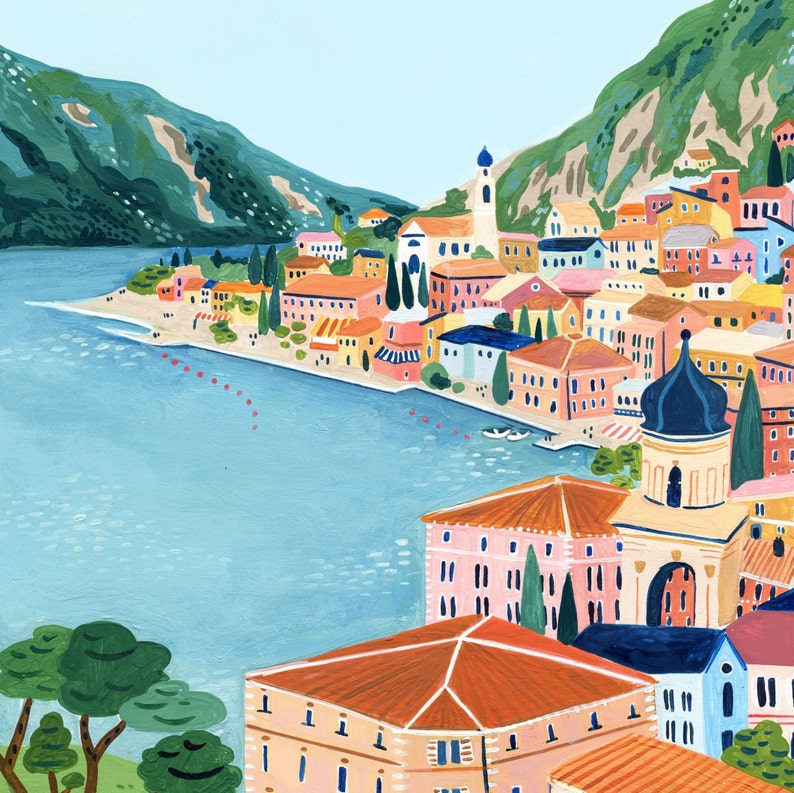
England is not the only country with a Lake District. Many other countries have them too (including Switzerland and Croatia). Italy has its own Lake District in the north: there are Lakes Como, Maggiore and Lugano (the most polluted of 38 international lakes).
Italy has the same issues with raw sewage pollution and litter from over-tourism. Litter clean-up volunteers on Lake Garda recently recovered 25 tons of waste in just one year including tyres, lead batteries, glass, cans, fishing waste, shopping trolleys, road signs, bar signs and even old toilets.
In England, we have sewage pollution issues on Lake Windermere. And also lots of litter and over-tourism. Showing this is a worldwide issue, not just confined to England.
What’s different is that Italian mayors are getting tough. In some areas, they are banning the sale of plastic water bottles, and even banning tourists for some months, to protect local residents and the environment.
Geography and Scenery Compared

England’s Lake District spreads across Cumbria, a sweep of fells and valleys shaped by ice. The terrain rolls rather than spikes, with 16 major lakes, including Windermere, Derwentwater, and Ullswater. The greens come in layers, from moss to pasture, and the water often lies close to the lane, with dry-stone walls on one side and grazing Herdwick sheep on the other.
Italy’s northern lakes sit at the foot of the Alps, and you feel it at once. Como, Garda, and Maggiore are deep and long, caught in narrow corridors that open to wide basins. Peaks lift fast from the shore, snow-capped in spring, and the air carries a soft Mediterranean note. Terraced olive groves climb the slopes, lemon trees glow in sheltered gardens, and villas with pale stone and wrought iron balconies look over the water.
Both regions share a gift for reflection. Calm days turn the lakes into perfect mirrors, with skies doubled and birds skimming the surface. You can hear curlews and oystercatchers in England, while swans and grebes line the quieter corners of Italian shores. In both places, a slow boat ride at dawn will show you colour shifting by the minute.
England’s Lake District: Timeless Green Landscapes
This UNESCO World Heritage Site holds a classic English scene. Walkers climb Scafell Pike, the country’s highest peak, for a view that stretches over ridges and ribbons of water. From the paths above Ullswater, the lake bends like a long silver blade, with fields and oak woods dropping to the shore.
Romantic poets set their roots here. Grasmere keeps the feel of a preserved village, with slate roofs, low walls, and tidy gardens. On wet days, mist drifts through the valleys and clings to the fells, giving a moody charm that suits stone bridges and narrow lanes.
Biodiversity adds quiet detail. Red squirrels still dart through pockets of woodland, a rare sight in much of England. Spring brings bluebells and wild garlic, summer brings foxgloves and meadow buttercups, and autumn lays copper bracken along the slopes. Herdwick sheep, tough and stocky, graze the higher ground and lend an old-world note to the view.
Italy’s Lake District: Alpine Splendour and Villas
The lakes around Lombardy and the nearby regions show a different drama. Lake Maggiore spreads north to the Swiss border, with the Borromean Islands sitting like jewels in the bay. Lake Garda opens wide and catches steady winds, ideal for sailing and windsurfing, while its north end squeezes between high walls of rock.
Grandeur lines the shores. Villas from the Renaissance to the 19th century hold terraces, statues, and clipped hedges that step to the water. Villa del Balbianello on Como, set on a wooded promontory, looks made for cinema. Sunsets run warm here, with light softening stone to honey, and the cities sit close by, Milan in easy reach for a dash of fashion and art.
Plants set the tone too. Lemon groves, cypress trees, and olive terraces give the lakes an Italian Riviera feel, even with peaks in view. The edges stay sharp, the water deep blue, and the houses glow in creams and terracotta.
Key Differences in Natural Beauty
- Scale: England feels compact and walkable, with trails linking valleys. Italy covers larger distances, better for drives and ferries between towns.
- Colour: England leans to lush greens and slate greys. Italy leans to deep blues and terracotta accents.
- Atmosphere: England’s pockets of isolation give true quiet. Italy’s towns buzz with visitors, markets, and late-evening strolls.
From Hikes to Lakeside Leisure
Both regions offer a blend of nature and ease. England suits walkers, readers, and anyone who enjoys a slow pub lunch after a fellside stroll. Italy leans toward boating, swimming, and long dinners by the water. You can match the trip to your pace, or mix both.
Eco Lessons from Switzerland’s Lake District
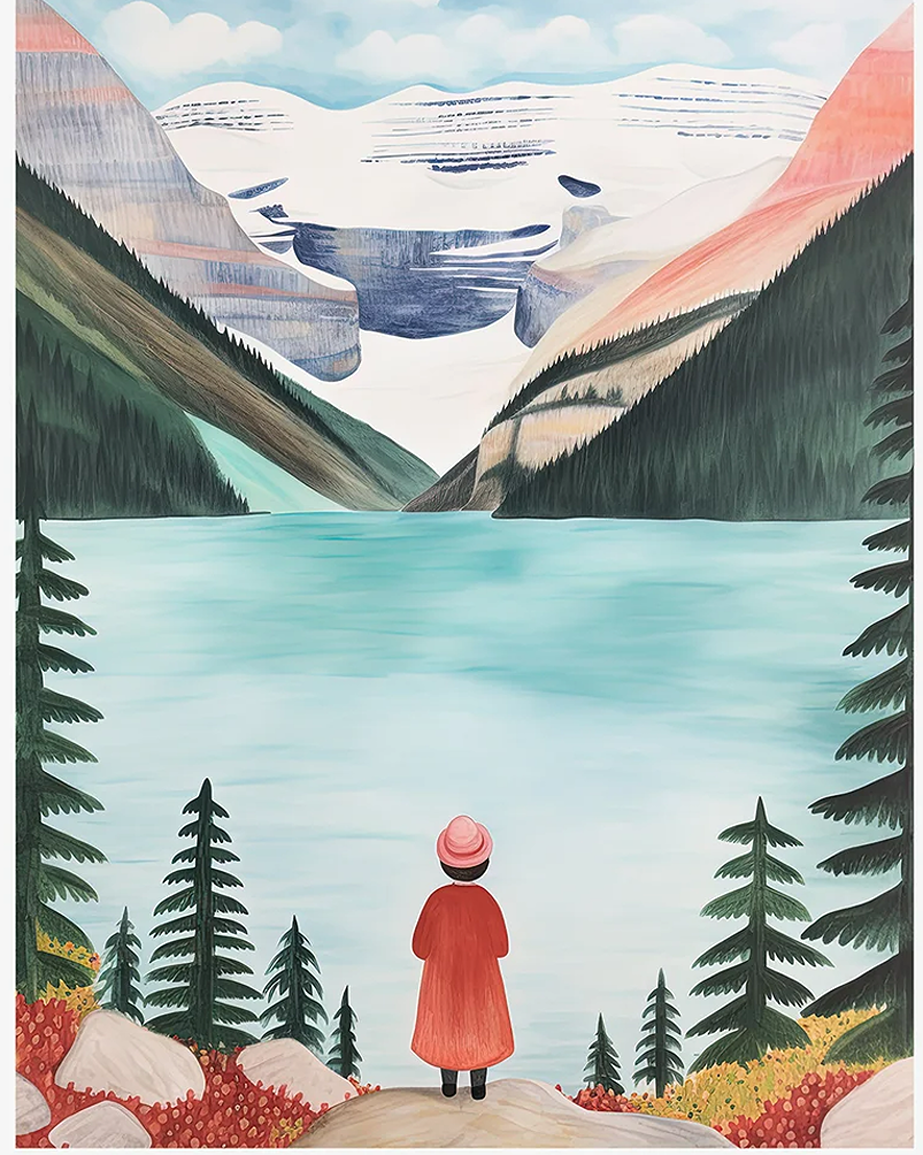
England is not the only country with a Lake District. Italy has one (also with issues for rubbish, pollution and sewage). Switzerland also has its own Lake District, which dwarfs our one in Cumbria. And unlike ours, this one is clean with water not polluted by raw sewage (due to water profits giving profits as dividends, rather than invest in technology to treat water for wild swimmers, children and dogs).
Switzerland’s lake region offers a model for looking after nature while welcoming people. England’s Lake District faces similar pressures, from litter to sewage to busy trails. Yet the Swiss keep their waters clear and their shores calm, even with heavy footfall. The difference comes from rules that stick, funding that reaches the ground, and a culture that treats lakes as living neighbours.
How Switzerland Keeps Its Lakes Cleaner
Switzerland treats clean water as a shared duty, not an afterthought. That mindset shows up in streets with little litter, well-serviced bins, and lakes that stay swimmable through summer. England’s Lake District has many of the same values, yet battles frequent headlines about sewage spills and algal blooms.
Strong waste rules set the stage in Swiss towns around Lake Geneva, Lucerne, and Thun. Pay-per-bag schemes and strict fines keep rubbish out of verges and beaches. Bins are sorted for recycling, and you see signs that explain what goes where. Schools and local groups support this with clean-up days and simple, friendly messaging. In many villages, children help with shore tidy-ups. It builds habits that last.
Sewage treatment is where Switzerland pulls far ahead. Plants use advanced stages, often including phosphorus removal and upgraded filters for micro-pollutants. Lakes are tested often, and results are shared by cantons so residents know the score.
England’s Lake District, beautiful and beloved, faces older pipes and storm overflows. Heavy rain can push untreated water into rivers that feed the lakes. Some spots report algal blooms in warm spells. These blooms look unsightly and reduce oxygen, and they can close beaches to swimmers. The country is improving treatment and monitoring, but the backlog is big.
Simple, practical actions stand out:
- Invest in treatment plants, including tertiary stages that remove nutrients.
- Track water quality with public dashboards so people can see progress.
- Teach behaviour early, using schools and community events to make litter uncool.
- Price waste disposal fairly, so dumping costs more than doing the right thing.
Cleaner lakes mean safer swimming, stronger fish stocks, and fewer medical warnings. They also cut costs in the long run, because preventative care beats emergency clean-ups. For visitors, the difference shows in clear shallows, no sharp smell at marinas, and sandy coves free of plastic.
Sustainable Tourism in Switzerland
Tourism can either wear a place out or lift it up. Around Interlaken, Lake Thun, and Lake Lucerne, the Swiss pick the second path. The guiding idea is simple: let people in, explain the rules, and guard the sensitive bits.
Guided nature walks are common in lake towns. Trained guides point out reed beds, nesting birds, and spawning grounds for fish. The message is look, learn, leave no mark. Boat tours often run on low-impact craft, and some lakes set quiet zones where engines are restricted. In busy bays, speed limits protect swimmers and reduce shoreline erosion.
Compare this with parts of England’s Lake District, where over-tourism harms the very trails people come to enjoy. Path edges crumble under constant traffic. People over-feed wildfowl (which makes them tame, and brings swans, geese and ducks near road traffic and dogs).
Local councils and charities work hard to repair paths and manage pressure, yet the surge of peak-season visits makes it tough.
Swiss strategies keep pressure in check:
- Visitor limits in fragile areas. Sensitive wetlands and nesting islands have caps or seasonal closures.
- Off-peak promotion. Hotels and passes nudge guests to spring or autumn, when paths recover faster.
- Tourist fees that fund nature. Local hotel taxes pay for path repairs, reed bed restoration, and litter collection.
- Clear on-the-spot rules. Signs and rangers remind visitors to stay on marked paths, keep noise low, and avoid feeding wildlife.
Interlaken offers a useful example. Popular trails around Lake Thun are well signed, with boardwalks across marshy ground. This keeps boots off soft soils and protects plant roots. Paragliding and boating follow set launch points and routes, which reduces conflict with birds and swimmers. When water levels rise, certain banks close to let reed beds recover.
Respect for wildlife is non-negotiable. Feeding birds is discouraged, because it changes behaviour and fouls water. Dogs must be leashed near nesting zones. Anglers follow tight rules on seasons and catch size. These are small sacrifices that yield big gains: healthier fish, stable bird numbers, and quiet corners where nature can get on with the business of living.
For anyone looking to apply this approach elsewhere:
- Support local eco-lodges that invest in waste sorting and energy saving.
- Book guided walks that teach local ecology and leave a light footprint.
- Choose off-peak dates when trails and towns breathe easier.
- Pay fees gladly when they go to conservation, and ask how funds are used.
You walk away with a richer experience, and the place you visited stands ready for the next guest.
Swiss Lessons for Global Nature Lovers
Three ideas travel well: prevent pollution, balance numbers, and restore habitats. Switzerland offers a clear blueprint for each.
On pollution, education plus enforcement works. Schools, signage, and social norms reduce litter. Checks and fines handle the rest. Any lake community can adopt this at low cost. For sewage, technology helps. Sensors track overflows, and data guides quick fixes. This is already used in parts of Europe and could scale in regions with ageing pipes.
For tourism, the Swiss mix soft nudges with firm rules. Caps in sensitive spots protect wildlife. Off-peak packages spread visits across the year. Fees fund upkeep, which keeps public support high. Towns that try this see better paths, less noise, and happier residents.
Wildlife respect completes the set. Planting native trees along shores filters runoff and cools water for fish. Restoring reed beds gives birds shelter. Simple buffer zones create quiet nurseries where chicks and fry can grow. These steps turn short-term pressure into long-term strength.
The outcomes diverge when you compare long horizons. Switzerland enjoys thriving lake towns where water stays clean and visitors feel welcome. Parts of England’s Lake District are working through recovery plans and upgrades to tackle sewage and overuse.
Visit with care. Ask where your money goes. Support groups that plant trees, fix paths, and test water. And if you live near a lake, push for the mix of rules and education that keeps beauty intact.

Rolling green hills, glassy lakes, and dramatic peaks set the scene in the Lake District. It’s a place where the weather changes in minutes, and the rain is just part of daily life. The views look brilliant, even when clouds hang low over Derwentwater. There are 16 lakes in all (only one being a genuine lake, the rest are meres or tarns).
Winding stone streets and cosy cafés make towns like Keswick and Ambleside feel timeless. Sheep wander fields right beside the walking paths. Writers, hikers, and families all find their own corner here. People keep coming back for the peaceful trails, local pubs, and the quiet sparkle of the lakes. Once you arrive, it’s easy to see why the Lake District hooks travellers from all over.
When you head out for a walk in the countryside, always stick to the Countryside Code to help protect wildlife (and dogs). By the sea, take a look at tide times and check any warning flags before heading out. For tips on looking after your dog near the beach, have a read of our guide on seaside safety for dogs
Iconic Places to Visit in the Lake District
The Lake District (Cumbria) feels stitched together by its lakeside towns, mountain peaks, and the inviting hum of village life. Every corner offers something a bit different, from peaceful boat rides to cosy pubs and famous literary trails. Here are some of the best places to really soak in the Lake District’s character.
Lake Windermere
Windermere grabs the spotlight as the largest natural lake in England. Boats glide across its surface every day, from simple rowboats to steamers with open decks. Many visitors start in Bowness-on-Windermere, where boat trips leave often. You can drift along the water, watching for wooded islands and swooping birds, or just sit at the shore.
Windermere’s shores serve up more than just views. There are miles of scenic walking paths, some hugging the lake, others weaving through quiet fields. Try the short walk up to Orrest Head for a classic vista, or follow the lakeside trail towards Ambleside.
One thing to watch for is the lake’s health. Windermere, while stunning, has faced problems from sewage spills in recent years. These issues affect water quality and have sparked local campaigns for better protection. Visitors can help by respecting the local environment and supporting efforts to keep the lake clean.
Coniston, Ambleside and Grasmere

Coniston, Pastel Pine
Coniston balances gentle lakeside life with a taste for adventure. The lake invites you out on kayaks, while Coniston Old Man (the local fell) tempts walkers up for sweeping views. The story of Donald Campbell, who set water speed records here, adds a dash of history to the peaceful surroundings.
Ambleside greets you with its busy streets, gear shops, and a cheerful buzz most days of the year. It’s a great jumping-off point for walks up Loughrigg Fell or out to Stock Ghyll Force waterfall. The town is packed with tasty cafés and pubs, perfect for refuelling after a day outside.
Clappersgate and Chapel Stile sit just outside Ambleside and show off classic Lakeland style. These small villages have stone cottages, old churches, and quiet pubs that make them perfect for a peaceful walk far from busy crowds. Spending time here feels like stepping into a slower, simpler past.
If you follow a gentle path out of Ambleside, you’ll reach the village of Rydal, known for its beautiful views and ties to poetry. Rydal Mount, once home to William Wordsworth, stands open for visitors. You can wander through his house and garden, where family possessions still fill the rooms.
Ambleside also has a dedicated mountain rescue team that looks after walkers across popular hiking spots in the area. They handle more callouts than most rescue teams in England, always ready to help those enjoying the local trails.
Just a short drive north lies Grasmere, full of charm and literary history. This quiet village is famous for its ties to William Wordsworth. He called Grasmere “the loveliest spot that man hath found” and lived at Dove Cottage, which you can visit. The village churchyard is Wordsworth’s final resting place, and poetry fans often leave tributes.
Keswick: The Capital of the Lake District
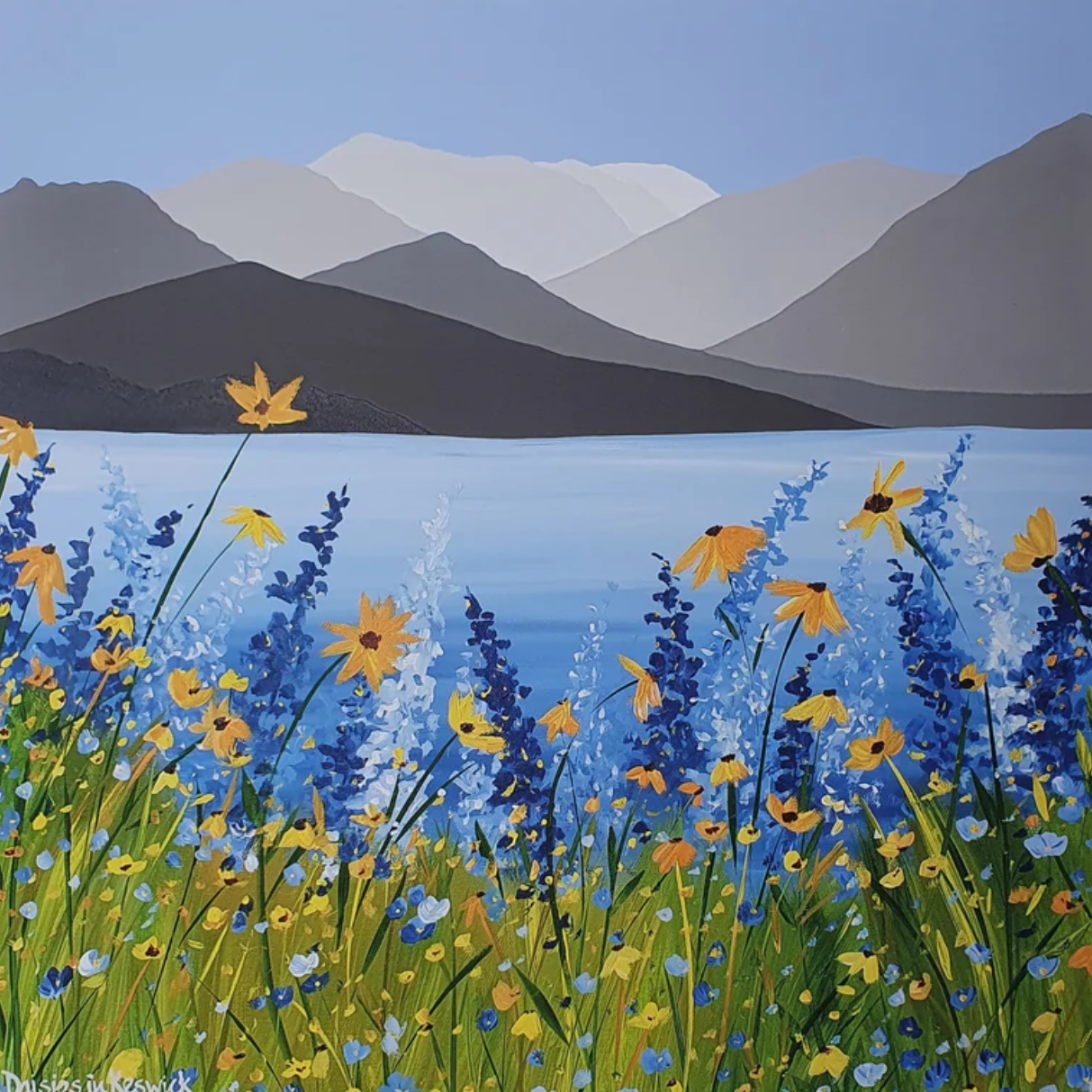
Keswick is a lively market town with plenty of charm and stunning views. It sits between green hills and the clear waters of Derwentwater, making it a favourite spot for walkers and anyone interested in local history. Cobbled lanes and open landscapes here have sparked the imagination of writers and artists for many years.
Keswick has a strong link to the group known as the Lake Poets, which included William Wordsworth who often praised the region in his poetry, Samuel Taylor Coleridge who lived at Greta Hall and found ideas for his work during walks, and Robert Southey who settled here for almost forty years.
Just outside the town, you can find Castlerigg Stone Circle, one of the oldest in England, with a history stretching back over 4,000 years. Sitting on a gentle hill, surrounded by fells, it feels almost otherworldly at sunrise or sunset. Many historians think it was once used for ancient gatherings or ceremonies.
In the past, Keswick was a centre for pencil making, thanks to a large graphite find in Borrowdale during the 1500s. Read more about choosing green pencils.
Only a short stroll from Keswick’s centre takes you to Derwentwater, its calm tree-lined banks and shifting reflections offer a quieter Lake District. St Herbert’s Island sits on the lake, named for a 7th-century priest who lived there. Not far north, Bassenthwaite (the only true lake) is home to rare water birds along the reeds, and ospreys hunting for fish in the shallows.
From town, you’ll see well-known peaks like Skiddaw (one of the highest in the area), Grisedale Pike (drawing experienced hikers who want views as far as Scotland on a clear day), and Helvellyn (a little to the east with sights over Ullswater). If you’d rather stay local, walk through Keswick as the River Greta winds through town. Its banks often attract kingfishers and dippers darting along the water.
The Lake District Mountains and Walks
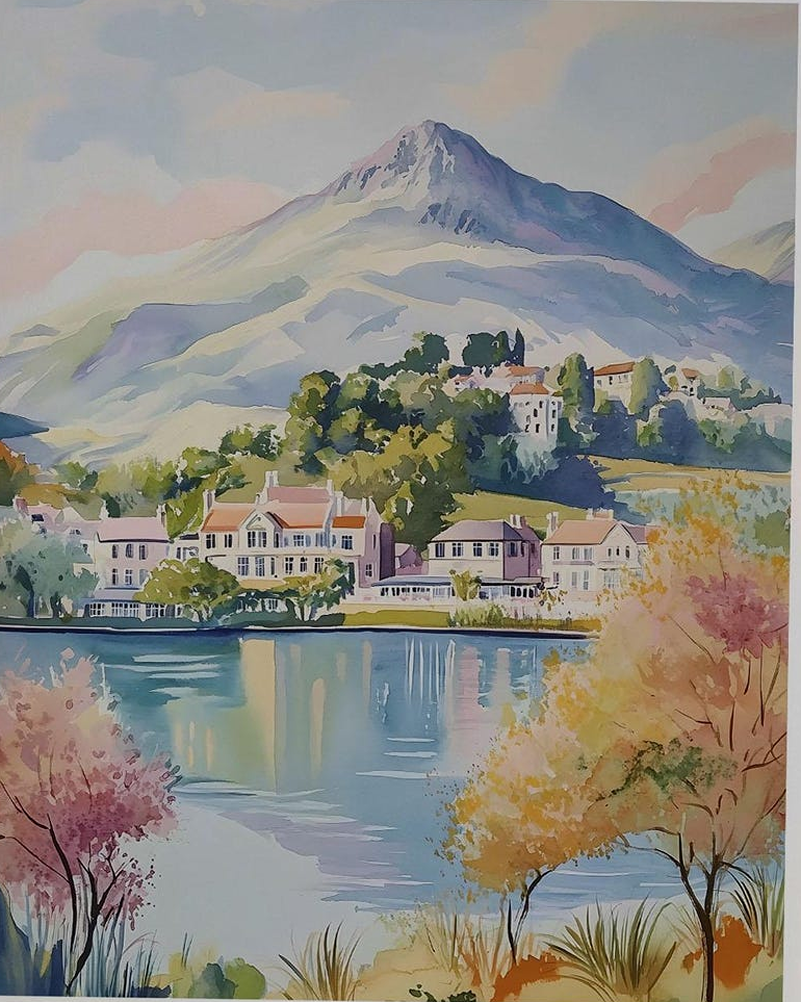
Old Man of Coniston, Pastel Pine
The fells and peaks of the Lake District shape the horizon everywhere you look, with great ridges and rolling hills rising above green dales and shining lakes. These mountains draw people here from all over, whether for a steady climb, a peaceful ramble, or just the promise of crisp air and sweeping views.
Even if you stick to the lower paths, the sense of adventure is all around—a visit isn’t complete without spending some time exploring the hills and taking in the view from up high or down among the sheep-grazed slopes.
Highlights: Scafell Pike and Helvellyn

Scafell Pike, Pastel Pine
Two peaks steal much of the spotlight in the Lake District. Scafell Pike is not just England’s highest mountain—it’s a true badge of honour for walkers. Its rocky summit stands at 978 metres, and climbing it feels like ticking off a rite of passage.
Hikers who make their way up from Wasdale or Seathwaite are rewarded with wide-open views that stretch across Cumbria and into Scotland on a clear day. The hike is a challenge, with loose stones near the top, but the sense of achievement at the summit is hard to beat.
Helvellyn, slightly lower than Scafell Pike, pulls in crowds for a different reason. Many walkers come for the excitement of crossing Striding Edge. This narrow ridge feels dramatic and exposed, but it’s a real thrill for those who want a taste of adventure.
The main path up Helvellyn is more forgiving, letting people reach the flat-topped summit without facing the ridge if they prefer. On a sunny day, you’ll often find people enjoying a picnic while soaking in views of Ullswater below.
For most visitors, climbing the tallest peaks is just one way to enjoy the hills. The Lake District is full of lower-level walks that capture the same fresh air and scenery, without the steep climbs. Here are a few favourites:
- Tarn Hows Circular: A gentle loop around a classic mountain tarn, perfect for short strolls with family or friends.
- Catbells: The climb is short and the ridge is steady, but the views over Derwentwater and Keswick feel far-reaching.
- Loughrigg Fell: Not too tall, but the summit rewards you with a panorama of lakes and mountains in every direction.
- Grizedale Forest Walks: Well-tended trails that wind through shady woods with peeks of distant peaks—a good choice for easy-going days.
Even the simplest walk in the hills brings a sense of adventure and plenty of fresh air. Whether you bag a summit or wander gently, the mountain views will stay with you long after you head home.
Rewilding in the Lake District

Rewilding is a big thing in the Lake District, since the last golden eagle died on the remote eastern fells (the story of how this sad loss led to a passionate project to rewild the area can be told in the book Wild Fell).
Although conservationists in Rutland were responsible for saving fish-eating ospreys (birds of prey) from extinction, today these migratory birds from Africa, can also be seen in the Lake District.
Six Times More Sheep Than People!

It’s hard to imagine the Lake District without sheep, and out-of-season the area has six times more of them, than human residents! Sheep blend into the hillsides like tufted clouds, dotted across every field, path, and valley.
The most famous of all is the Herdwick sheep, tough, shaggy, and proud-looking. Their white faces and grey fleeces always stand out. However, farmers have a constant battle due to rainy weather, to keep them free from foot problems, due to the grass never really drying out.
Herdwicks are part of the Lake District’s identity. The hills and pastures you see today only look the way they do because of the sheep. Here’s how the animals leave their mark on the scenery:
- Short-cropped grass: Herdwicks munch down the wildflowers and young shoots, keeping the grass close and neat. That’s how those smooth, green slopes stay so open, making the whole area feel tidy yet ancient.
- Stone-walled fields: People built classic Lake District dry stone walls to keep the flocks in check. These walls snake up the hills and shape the patchwork of the landscape.
- Farming traditions: Generations of shepherds walk the same paths, swap stories at local pubs, and keep old ways alive. Lambing season fills fields with new life each spring, adding to the cycle.
- Resilient herds: Herdwicks are hardy. They can cope with rain, wind, and tough winters. Their ability to thrive in the hills means farms can survive on some of the roughest land, and the views stay unspoiled by overgrowth or scrub.
Sheep don’t just graze here, they help draw the lines of the landscape. Their presence keeps the hills green, the stone walls strong, and the whole region tied to a history that stretches back hundreds of years. The next time you spot a woolly face peering at you from the bracken, know you’re seeing one of the quiet guardians of the Lake District’s natural beauty.
Sheep that are soaked from rain, especially if they are pregnant, can sometimes end up flat on their backs and get stuck. If you come across one like this and can’t see the farmer right away, walk over calmly and take hold of some wool. Gently but firmly help the sheep back onto its feet.
Stay nearby until the water has drained off a bit and the sheep looks ready to move. Chances are, it will make a dash without a backward glance, but that small effort could be the difference between life and death for the sheep.
Read our post on lots of ways to help sheep!
The Home of William Wordsworth

William Wordsworth’s shadow still lingers over Grasmere. Born in Cockermouth but forever linked with the Lake District, he changed how the world saw these wild hills. He called Grasmere “the loveliest spot that man hath found” and meant every word.
Wordsworth moved into Dove Cottage (above) with his sister Dorothy in 1799. It’s a small stone house with moss on the roof, right on the edge of the village. Inside, low ceilings, creaking floors, and smoky beams bring his poetry to life. The scent of books and old wood hangs in the air, adding to the sense of time standing still.
At Dove Cottage, Wordsworth wrote many of the poems that made him famous. He walked the lanes, watched the sheep, and found beauty in everyday countryside moments. Dorothy kept journals of their life, which inspired much of his work. Together, they laid the groundwork for the English Romantic movement.
Hawkshead’s Literary Past
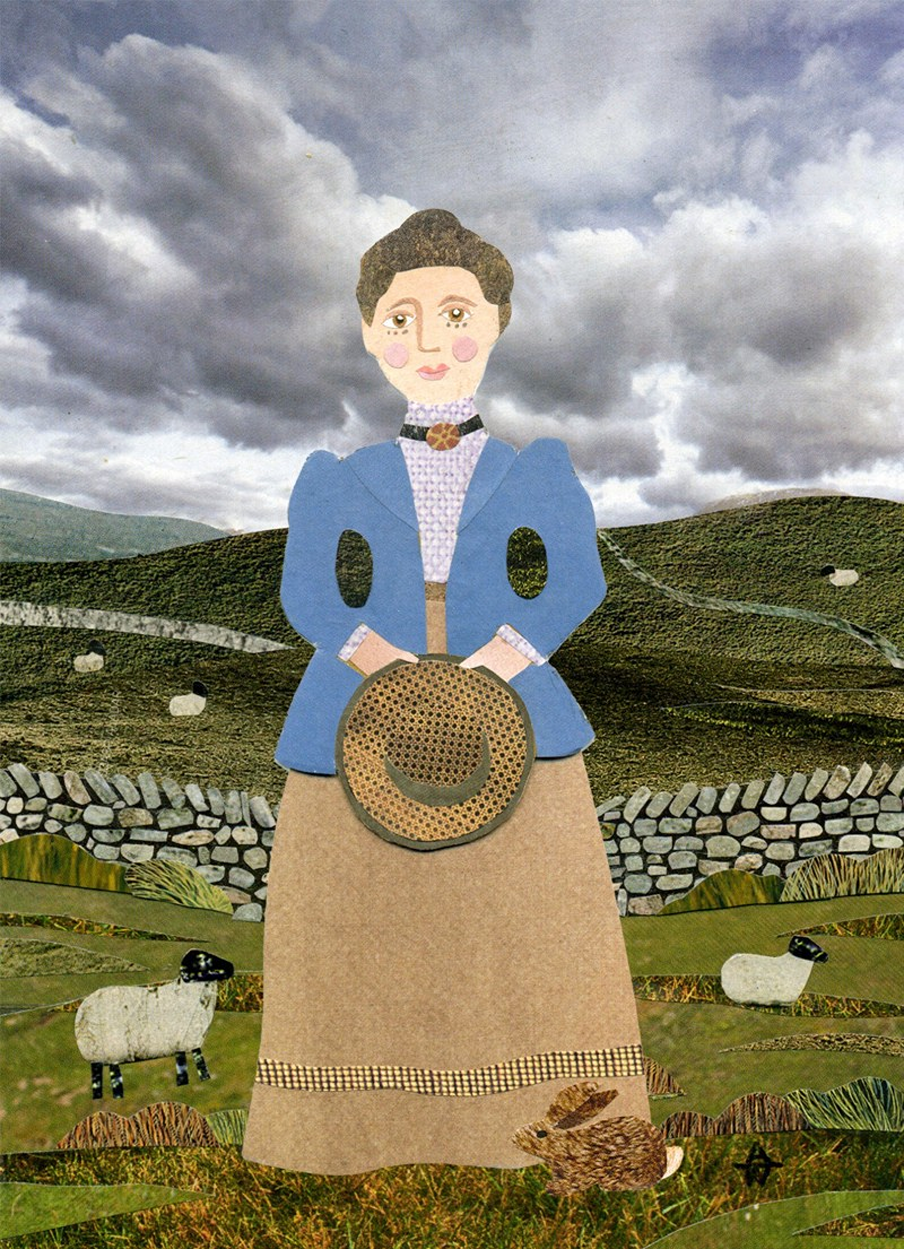
Hawkshead is tiny but has stories to tell at every corner. Its narrow streets seem made for wandering. The whitewashed shops, archways, and stone cottages make it feel like a painting come to life. The village’s most famous schoolboy was William Wordsworth, who attended Hawkshead Grammar School. You can still visit the old schoolroom today, complete with pupil carvings in the desks.
Hawkshead’s best side comes out on quiet afternoons, with sun trickling through overhanging eaves. Sit outside a small café, enjoy some Cumbrian hospitality, and notice how the village seems to slow time. It’s an easy place to let your thoughts wander, just as Wordsworth once did.
Beatrix Potter, the children’s author, lived nearby (she married the local solicitor in Hawkshead after buying a farm in the nearby village of Near Sawrey). An expert on plants, her detailed field notes and sketches are valued by botanists today.
She left her entire estate (over 4000 acres) to The National Trust, to help prevent it being bulldozed to build on. Her home at Hill Top now even offer a cosy little plant-based Joeys Café, one of four outlets in the Lake District that serves up plant-based coffees, snacks and cakes.
Joe began his mini-empire by starting a little plant-based bakery in nearby Wray Castle. This was after he had to start over, when he fell 40m in a climbing accident, breaking all the bones on his right-side body.
So feeling ‘disabled but extremely motivated’, he built his first cabin from reclaimed timber, an old railway truck and a German Bauwagen! Today his little vegan empire is a roaring success. Beatrix would be proud!
Challenges: Over-Tourism and Water Issues
The beauty of the Lake District comes with a few bumps in the road—mainly crowds, water pollution worries, and the unpredictable weather. Locals and visitors both know these issues well. Here’s how these challenges show up in daily life, and what folks do to make the best of things.
Managing Visitors and Crowds
The Lake District is on nearly everyone’s travel wish list. This can mean a lot of people packed into small areas, especially around top spots like Bowness, Ambleside, and Keswick during the summer and school holidays. Car parks fill up fast, narrow lanes jam with traffic, and towns sometimes feel more like festival grounds than peaceful retreats.
Heavy footfall strains the trails, car parks, and even the patience of the communities who call these villages home. Locals try to keep the peace by encouraging:
- Using public transport: Buses and boats connect most major spots. It helps keep cars off village roads and frees up parking.
- Staggering visits: Arriving early or late in the day can sidestep the busiest times.
- Exploring less-trodden paths: There’s more to the Lakes than just the big names. Smaller villages and quieter fells give the same charm, without the thick crowds.
- Booking ahead: Pubs, outdoor activities, and some car parks now take bookings during peak months.
Some places have put in new measures, such as shuttle buses from nearby towns and “park and stride” lots outside popular centres. By spreading out, everyone gets a better shot at the quiet moments that make the Lakes special.
Sewage in Lake Windermere and Environmental Concerns
A shadow hangs over Lake Windermere’s sparkle. For years, untreated or partially treated sewage has leaked into the lake during storms or heavy rain, mostly from overwhelmed treatment plants and ageing sewer systems. This pollution feeds algae, clouds the water, and can be unsafe for wild swimmers, pets, or wildlife relying on clean habitats.
Locals have rallied to push for change. Campaign groups, national parks staff, and outdoor swimmers speak out about the risks. Water companies face growing pressure to upgrade facilities and stop releases, especially as more headlines spotlight these dirty secrets.
- Sewage overflows is when water gets polluted (needs upgrading of treatment plants, tighter laws and live reporting)
- Blue-green algae is when blooms choke the lake (needs regular water testing, public alerts and group clean-up days)
Visitors can help by using lakeside toilets, sticking to marked trails (to avoid extra wear), and supporting local green groups. Read more on better sewage treatment (and report sewage pollution – usually brown foamy water).
Bring Your Brolly, Raincoat & Wellies!
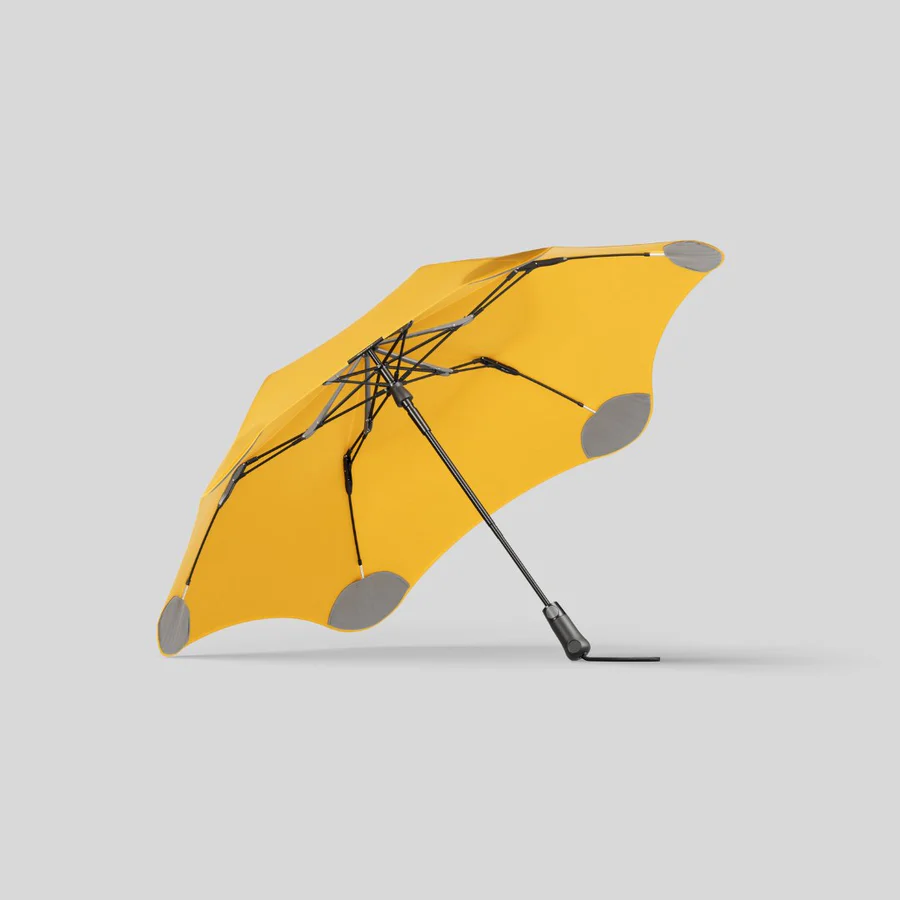
If you’ve never visited the Lake District, you don’t really know rain! Whilst on the south coast, the pavement can dry out by afternoon from a morning downpour, in the Lakes, it rains – and rains – and rains! So bring your raincoat and natural rubber wellies!
Blunt Umbrellas are built to last for England’s wild weather, and include free repairs for 2 years. They were invented by an engineer who noticed that most umbrellas are just ‘rags on sticks’.
His umbrellas last until you lose them, with a fully-tensioned design that doesn’t poke your eyes! They won’t (usually) turn inside out in the wind. If they do, just flip them back!
Ask anyone who’s spent time in the Lake District—rain is nearly as famous as the views. It falls in sheets, drizzles, or comes in sideways on gusty days. Some corners might see over 200 days of rain each year. The clouds rush in, hills disappear in greyness, puddles appear out of nowhere, and muddy boots are never out of style.
People learn to roll with it. A waterproof jacket and sturdy shoes almost count as part of the dress code. Shops sell endless supplies of boots and umbrellas. Cafés fill up fast when the heavens open, with locals and tourists alike nursing hot cups of tea until the skies clear.
Yet the rain fuels what makes the Lakes magical. It fills the tarns, sets rivers running, and keeps the grass and woods green and lush. Every thick moss carpet, spreading tree, and rolling pasture owes something to the steady drizzle. For many, that ever-changing weather is part of the charm—no two days look or feel the same.
Rain shapes more than just scenery. It shows up in local stories, paintings, and even jokes. “If you can see the hills, it’s about to rain—if you can’t, it’s already raining,” is the sort of wisdom heard at every pub. And when the clouds finally lift, the glint of light on wet stone and the steam rising off the fells feel a bit like a reward.
If caught in a thunderstorm, keep a safe distance from trees and metal objects (umbrellas, golf clubs, motorbikes, wheelchairs, tent poles). Stay inside cars (fabric tops could catch fire, if struck).
If exposed, squat close to the ground with hands on knees, and tuck head between them, touching as little of the ground with your body (don’t lie down). If your hand stands on end, drop to the above position.
Conclusion
The Lake District keeps its pull year after year. Even with rainy days and busy villages, its quiet corners and wild hills feel just as special as ever. So much beauty waits beyond the main sights if you slow down and look around.
Help protect what makes this place great by treading lightly, backing local efforts, and giving lesser-known paths a try. Your visit supports local life and keeps the spirit of the Lakes alive. Thanks for joining us on this journey—share your favourite spots or small discoveries and keep the story going.


